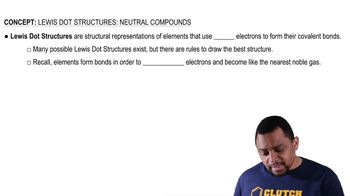Textbook Question
What is meant by the term 'balanced equation'?
373
views
 Verified step by step guidance
Verified step by step guidance Verified Solution
Verified Solution



 1:32m
1:32mMaster Balancing Chemical Equations (Simplified) Concept 1 with a bite sized video explanation from Jules Bruno
Start learning